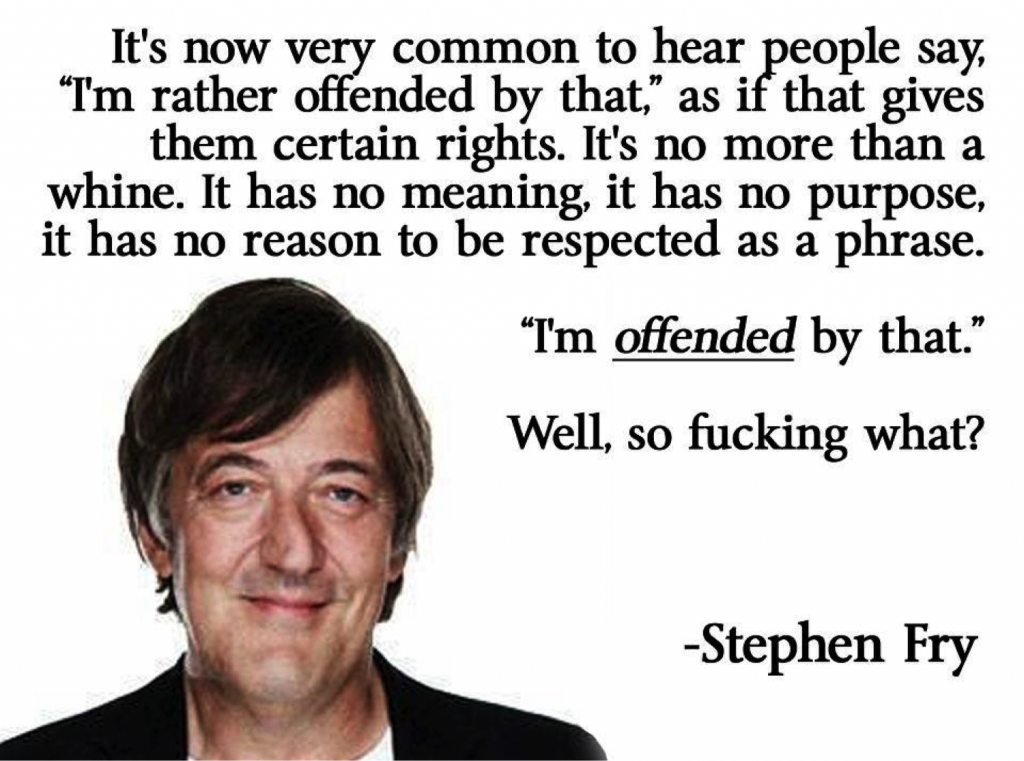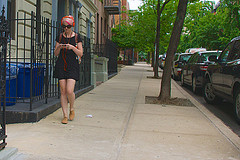As we are in the beginning of the privacy course I dedicated today’s class to a closer reading of the classic Warren & Brandeis Right to Privacy article from 1890. We began with a discussion on what rights were, where they came from, and what they meant. The concept of rights is interesting as it is invoked often enough but it is often only vaguely understood.
From this point the discussion moved to trying to understand why Warren & Brandeis were interested in writing the article and what at that time in history made it relevant. The often cited cause is that Warren married Mabel Bayard, the daughter of a senator and future secretary of state – and that the press were overly prying. However, an interesting article What if Samuel D. Warren Hadn’t Married a Senator’s Daughter? by Amy Gajda shows that this was not the case. The press naturally reported it but hardly in a prying manner. Also the couple were married seven years before the publication, this may be a long time to hold a grudge. While the press were “nastier” when reporting the death of Mabel’s mother and sister, it is difficult to see if this was the true impetus for writing the article.
What is clear is that Warren had the main desire for the article and Brandeis was the lead author. Their anger was directed at the ways in which gossip had turned into an industry.
The press is overstepping in every direction the obvious bounds of propriety and of decency. Gossip is no longer the resource of the idle and the vicious, but has become a trade which is pursued with industry as well as effrontery. . . . To occupy the indolent, column upon column is filled with idle gossip, which can only be procured by intrusion upon the domestic circle . . .
The lowering of production costs for newspaper production, the increase in the gossip press, the desire for people to read this material is all reflected in the article. This was also a period of time when new technologies were enabling a new level of recording and transmitting data
Instantaneous photographs and newspaper enterprise have invaded the sacred precincts of private and domestic life; and numerous mechanical devices threaten to make good the prediction that ” what is whispered in the closet shall be proclaimed from the house-tops.
It is clear that the authors see a mix between technology and the business models that these technologies support. All this together was creating harm. Here they were looking towards a type of psychological harm that comes from the lack of protection from the sphere that is necessary for people to stay healthy in an ever more distressing world:
The intensity and complexity of life, attendant upon advancing civilization, have rendered necessary some retreat from the world, and man, under the refining influence of culture, has become more sensitive to publicity, so that solitude and privacy have become more essential to the individual; but modern enterprise and invention have, through invasions upon his privacy, subjected him to mental pain and distress, far greater than could be inflicted by mere bodily injury.
By looking at a wide range of cases and laws they explore, for example the ways in which copyright and defamation work, in order to
It is our purpose to consider whether the existing law affords a principle which can properly be invoked to protect the privacy of the individual; and, if it does, what the nature and extent of such protection is.
The answer they seek, lies in the rights stemming from the individual and are an extension of the physical space that is the property of the individual. And there extent is interest as they recognize the importance of metadata when they write
A man writes a dozen letters to different people. No person would be permitted to publish a list of the letters written. If the letters or the contents of the diary were protected as literary compositions, the scope of the protection afforded should be the same secured to a published writing under the copyright law. But the copyright law would not prevent an enumeration of the letters, or the publication of some of the facts contained therein.
The article was well received. For example an article in the 1891 Atlantic Monthly wrote (from Glancy The Invention of the Right to Privacy Arizona Law Review 1979):
…a learned and interesting article in a recent number of the Harvard Law Review, entitled The Right to Privacy. It seems that the great doctrine of Development rules not only in biology and theology, but in the law as well; so that whenever, in the long process of civilization, man generates a capacity for being made miserable by his fellows in some new way, the law, after a decent interval, steps in to protect him.
But an interesting social critique comes from Godkin writing about the Right to Privacy article in The Nation in 1890
The second reason is, that there would be no effective public support or countenance for such proceedings. There is nothing democratic societies dislike so much to-day as anything which looks like what is called “exclusiveness,” and all regard for or precautions about privacy are apt to be considered signs of exclusiveness. A man going into court, therefore, in defence of his privacy, would very rarely be an object of sympathy on the part either of a jury or the public.
He also wrote (from Glancy The Invention of the Right to Privacy Arizona Law Review 1979)
” ‘privacy’ has a different meaning to different classes or categories of persons, it is, for instance, one thing to a man who has always lived in his own house, and another to a man who has always lived in a boardinghouse.”
Godkin is interesting as he puts the privacy that Warren and Brandeis are calling for into an social or class perspective. The harm that Warren and Brandeis experience is a lack of comfort that only exists in the class that can afford it. There is no right to privacy in the sense that everyone should be given the opportunity to experience the right. It is the protection of those who already have power – not the creation of a right to empower people.
An interesting comparison is when Mark Zuckerberg declared that privacy is no longer a social norm in 2010. But in 2013 he bought four homes surrounding his house in order to ensure his privacy. Privacy is what can be afforded.





